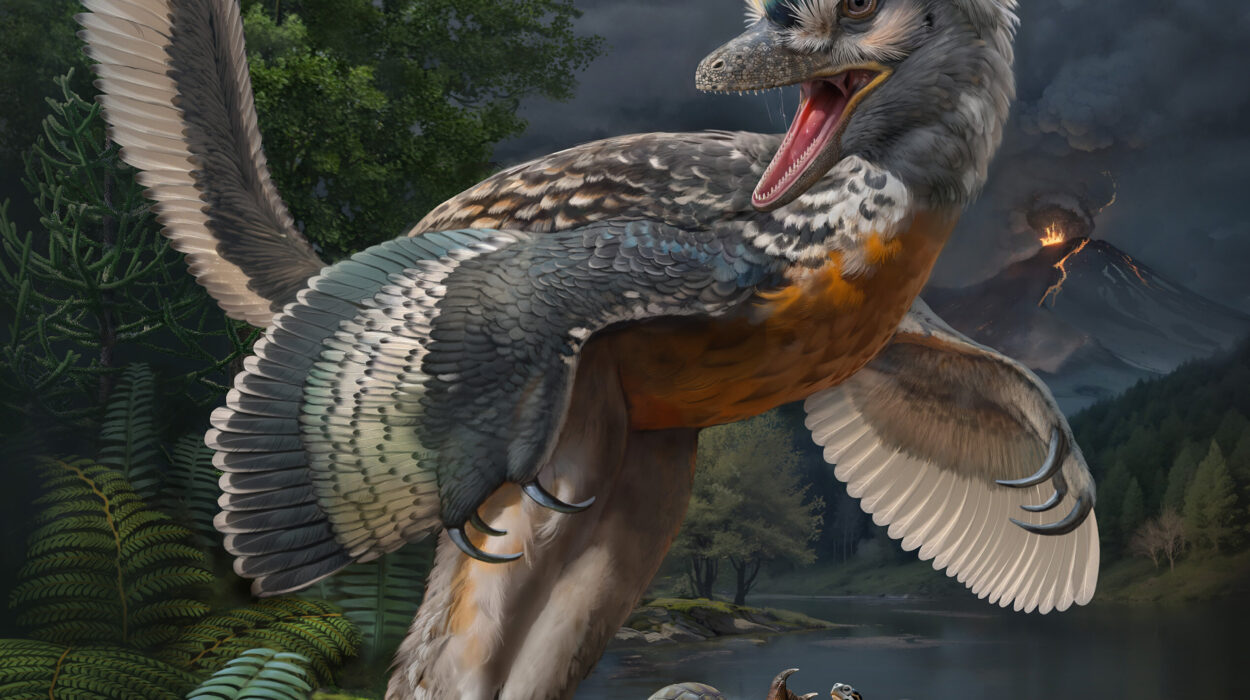For years, the earliest chapters of bird evolution remained shrouded in mystery. The critical Jurassic period, when feathered dinosaurs transitioned into the lineage leading to modern birds, lacked a substantial fossil record. This gap in knowledge hampered scientists’ efforts to understand the development of the iconic avian body plan.
A recent discovery, however, is rewriting the narrative. A joint team from the Chinese Academy of Sciences and the Fujian Institute of Geological Survey unearthed a remarkable new theropod dinosaur fossil in Zhenghe County, China. Dating back a staggering 150 million years, this creature, dubbed Fujianvenator prodigiosus, is shaking up our understanding of early bird evolution.
What makes Fujianvenator so unique is its “bizarre assembly of morphologies.” It displays a blend of features seen in other avialans (early bird ancestors), troodontids, and dromaeosaurs (raptor-like dinosaurs). This finding underscores the complex and mosaic nature of evolution during this crucial period.
“We observed significant transformations in the body plan along the early avialan lineage,” explains Dr. Wang Min, lead author of the study. “These changes, particularly affecting the forelimbs, ultimately led to the classic avian limb proportions.” However, Fujianvenator stands out as an anomaly. Its strangely elongated lower legs and other adaptations suggest it deviated from the typical path, evolving for a life in a swampy environment.
“Fujianvenator wasn’t your average early bird,” says Xu Liming, co-author of the study. The fossil hints at two possible lifestyles: either a swift runner or a long-legged wader, an ecological niche previously unknown for these early feathered dinosaurs.
The discovery doesn’t stop at Fujianvenator. The excavation site yielded a wealth of other vertebrates, including fish, turtles, and aquatic reptiles. This diverse assemblage, named the Zhenghe Fauna, paints a vivid picture of a Late Jurassic terrestrial ecosystem.
The geological context further adds to the significance of this find. The Zhenghe Fauna’s location aligns with a period of intense tectonic activity in southeastern China. This geological backdrop mirrors the environment where the previously known Yanliao Biota, another source of Jurassic avian fossils, is preserved.
“The Zhenghe Fauna’s exceptional diversity, unique composition, and environmental context point to a previously undocumented terrestrial ecosystem,” says Dr. Zhou Zhonghe, co-author of the study. The precise dating of the fauna places Fujianvenator as one of the youngest and southernmost Jurassic avialans ever discovered.
This groundbreaking discovery opens a new window into the Late Jurassic terrestrial world. The research team plans to continue their exploration of Zhenghe and surrounding areas, potentially unearthing even more secrets about the fascinating origins of birds.
The findings were published in Nature on Sept. 6, 2023.










